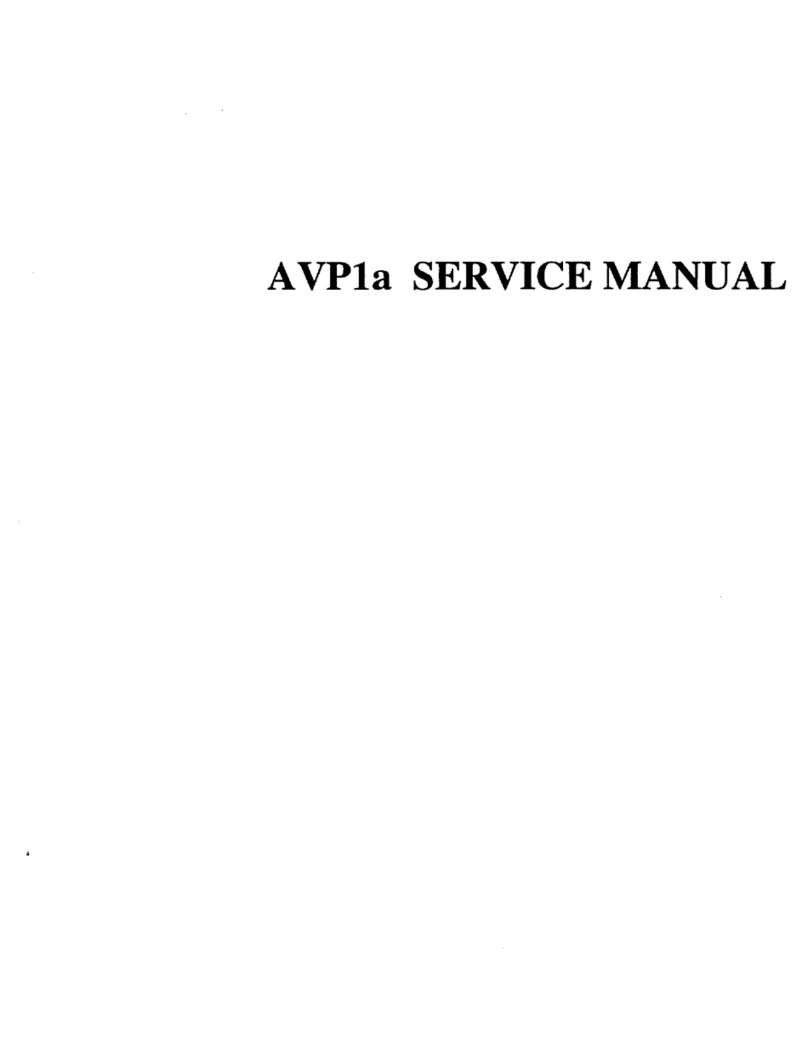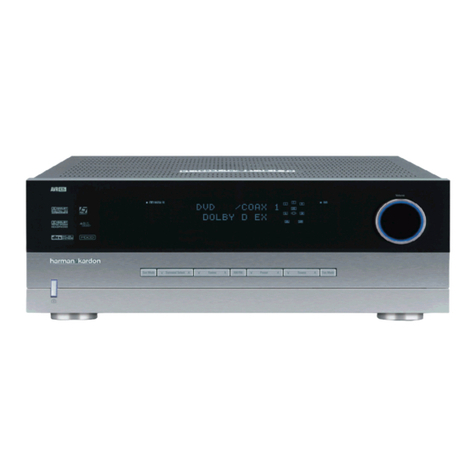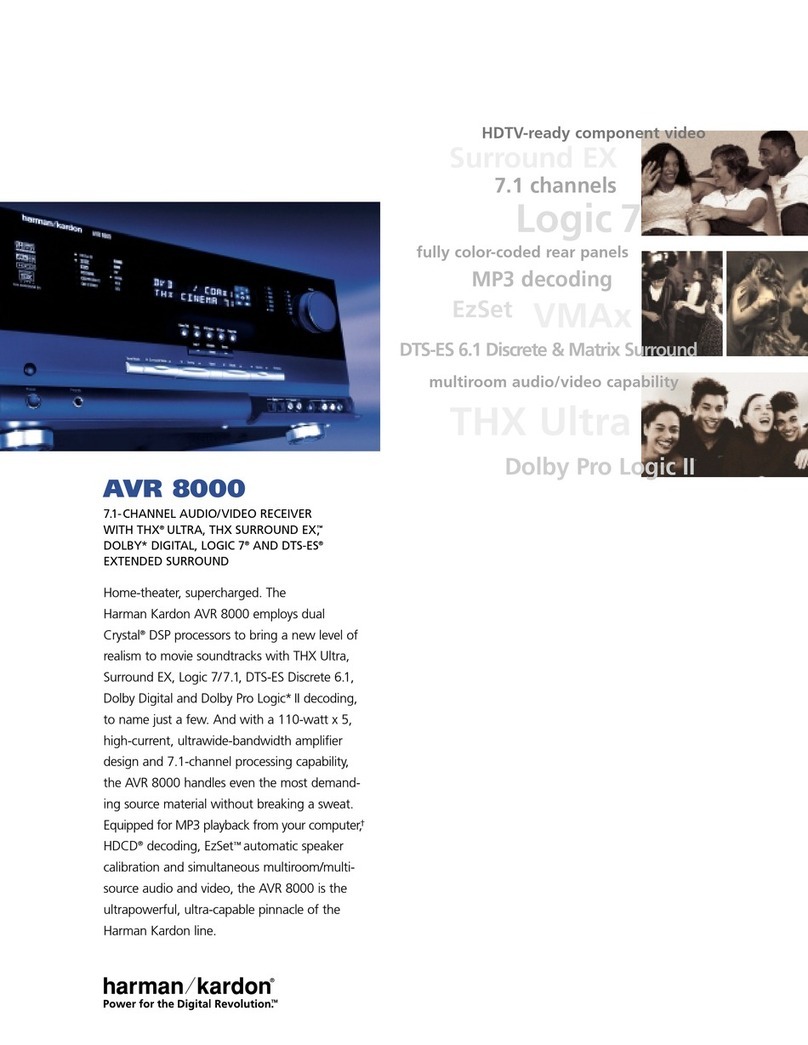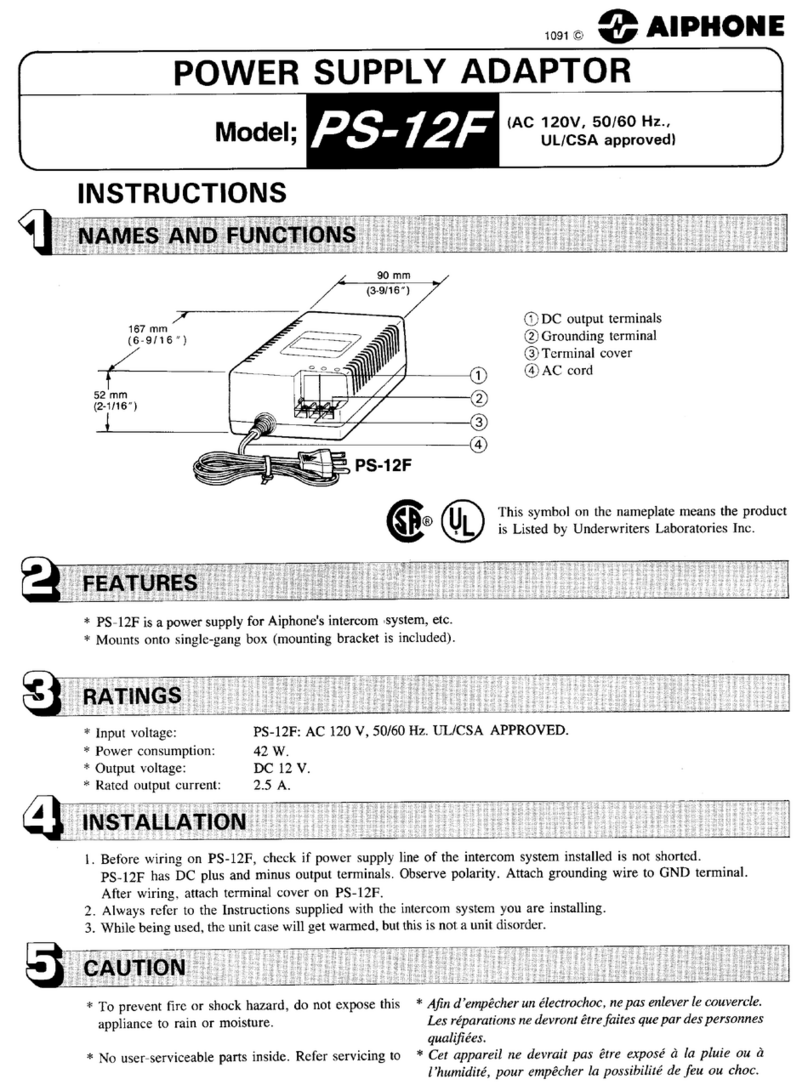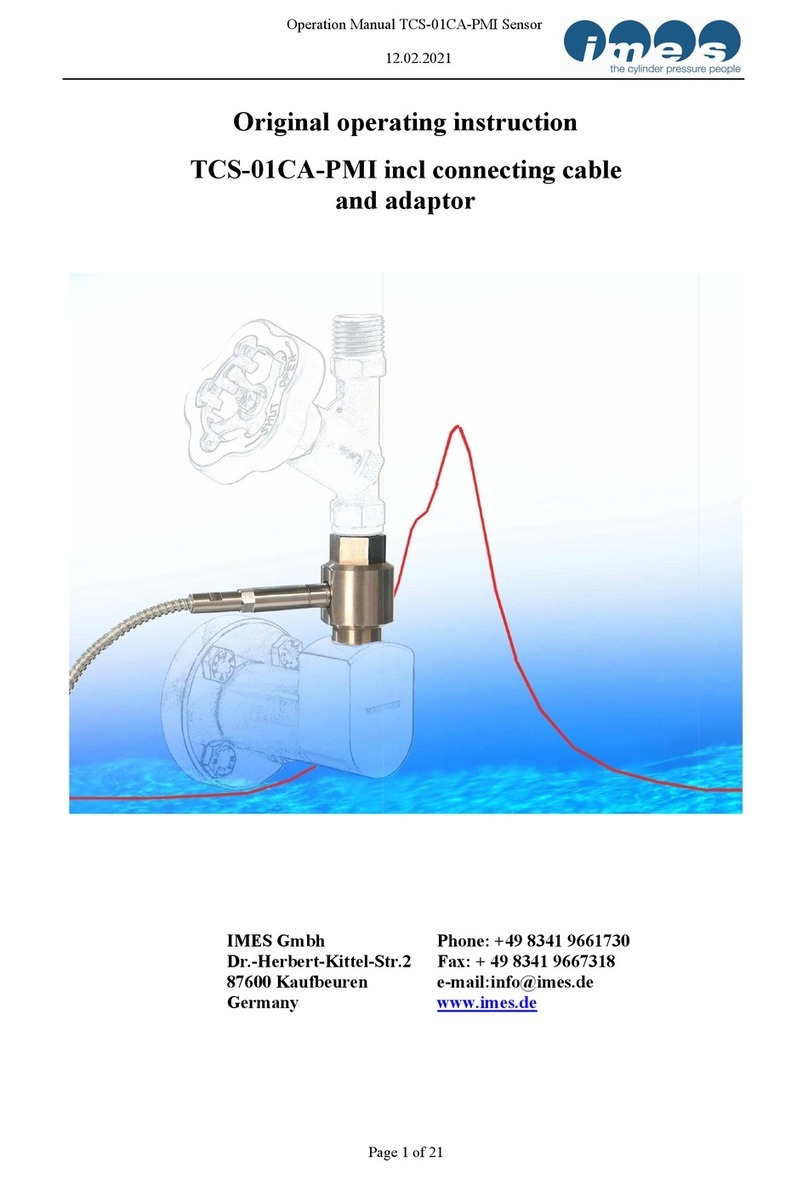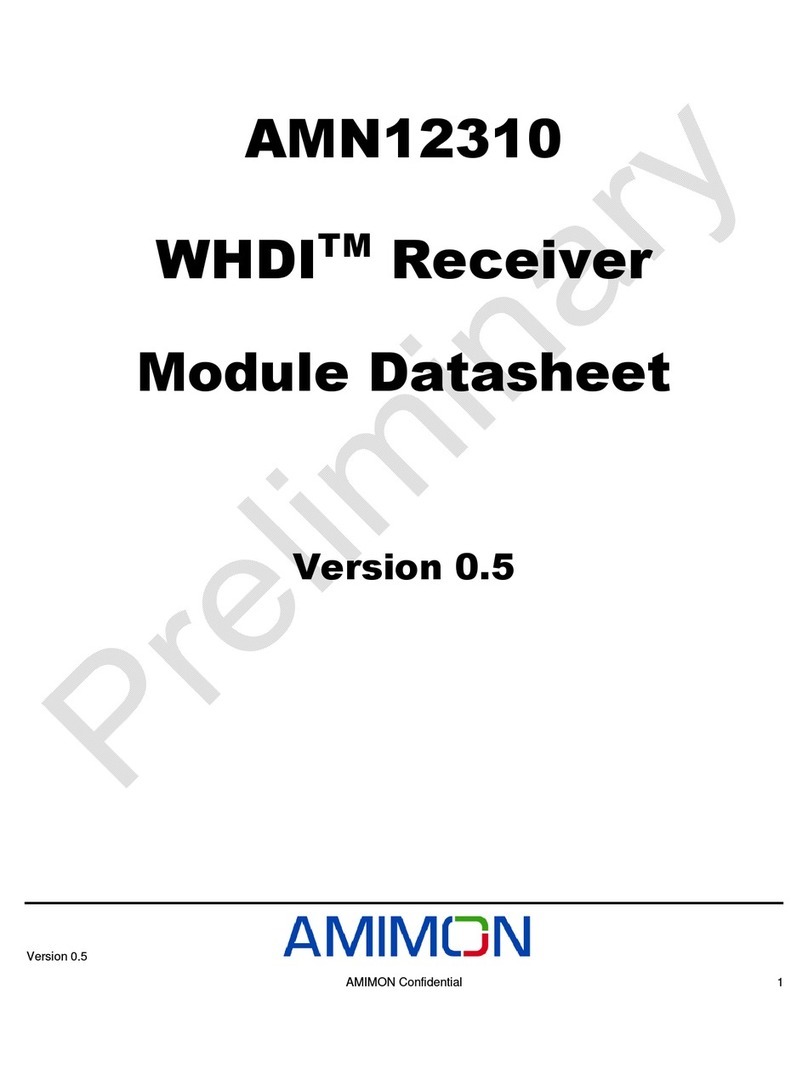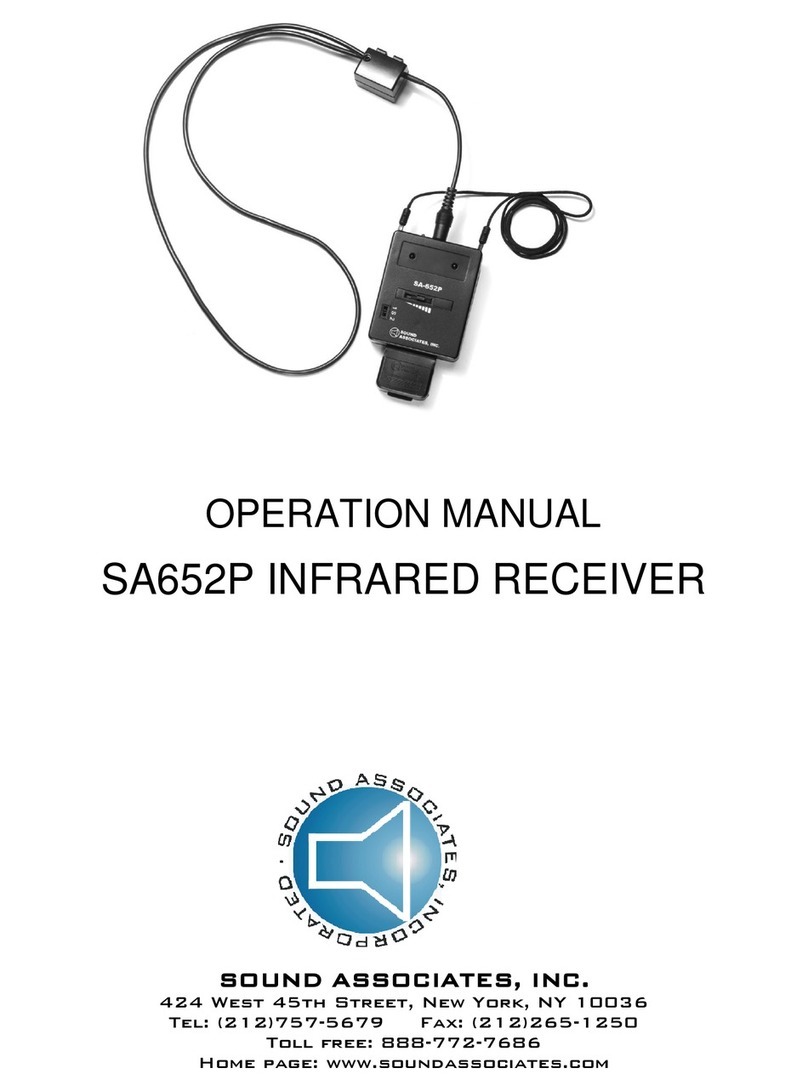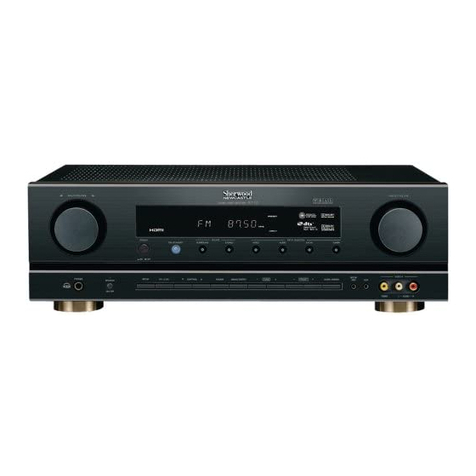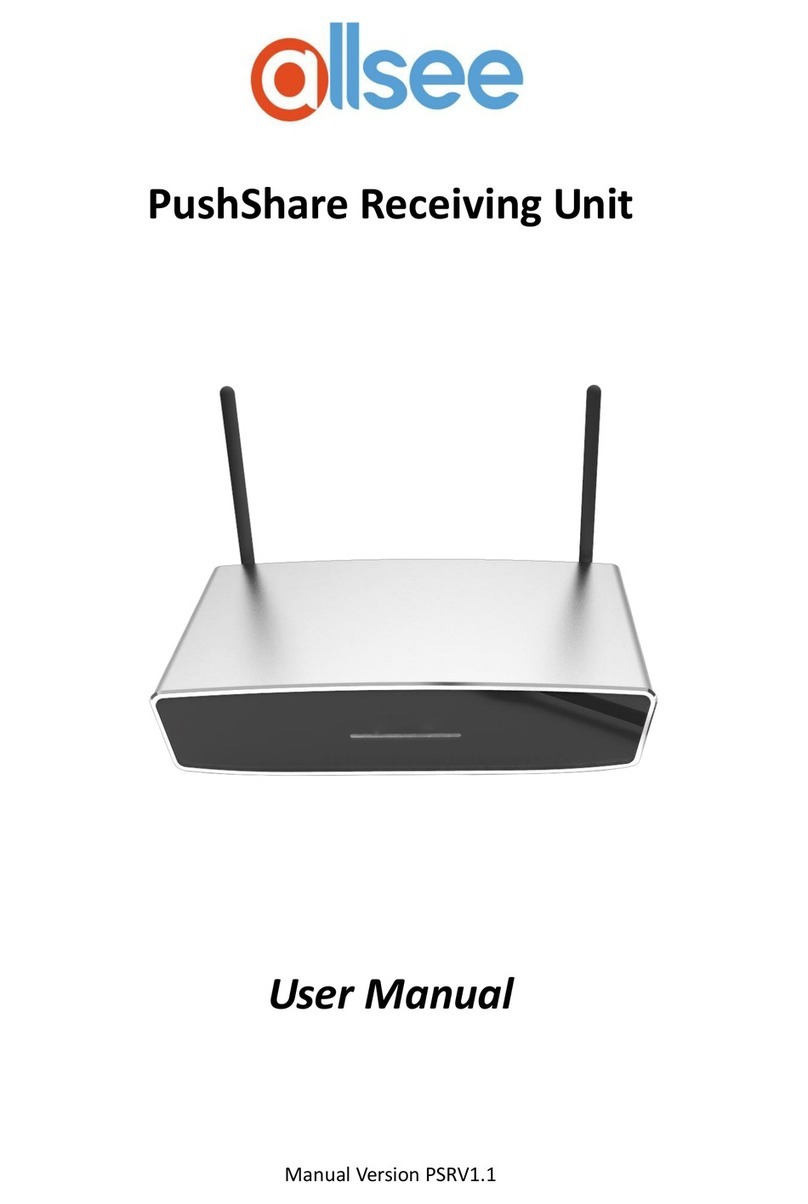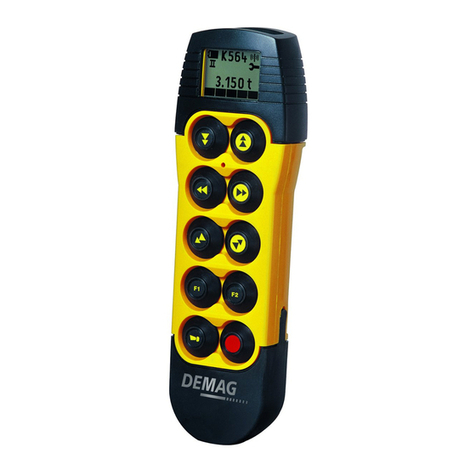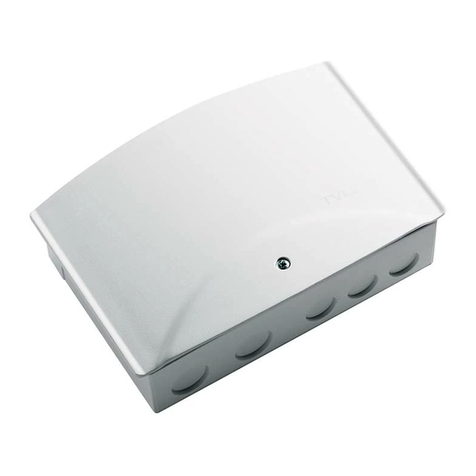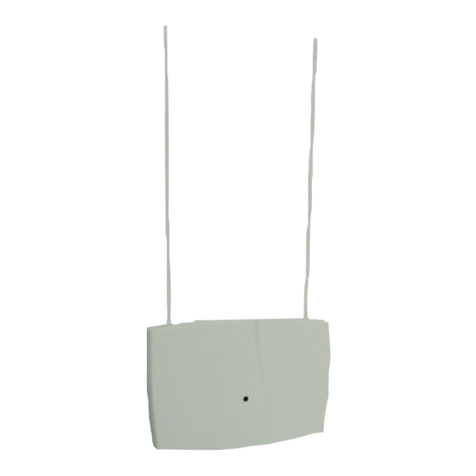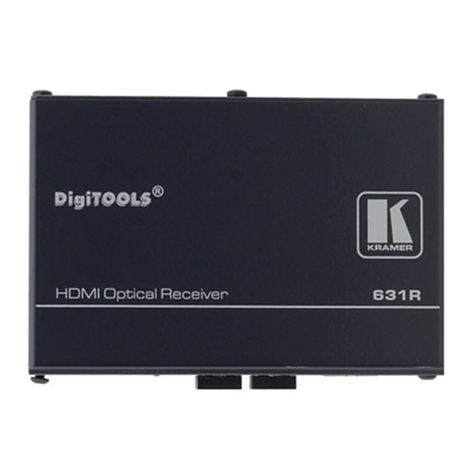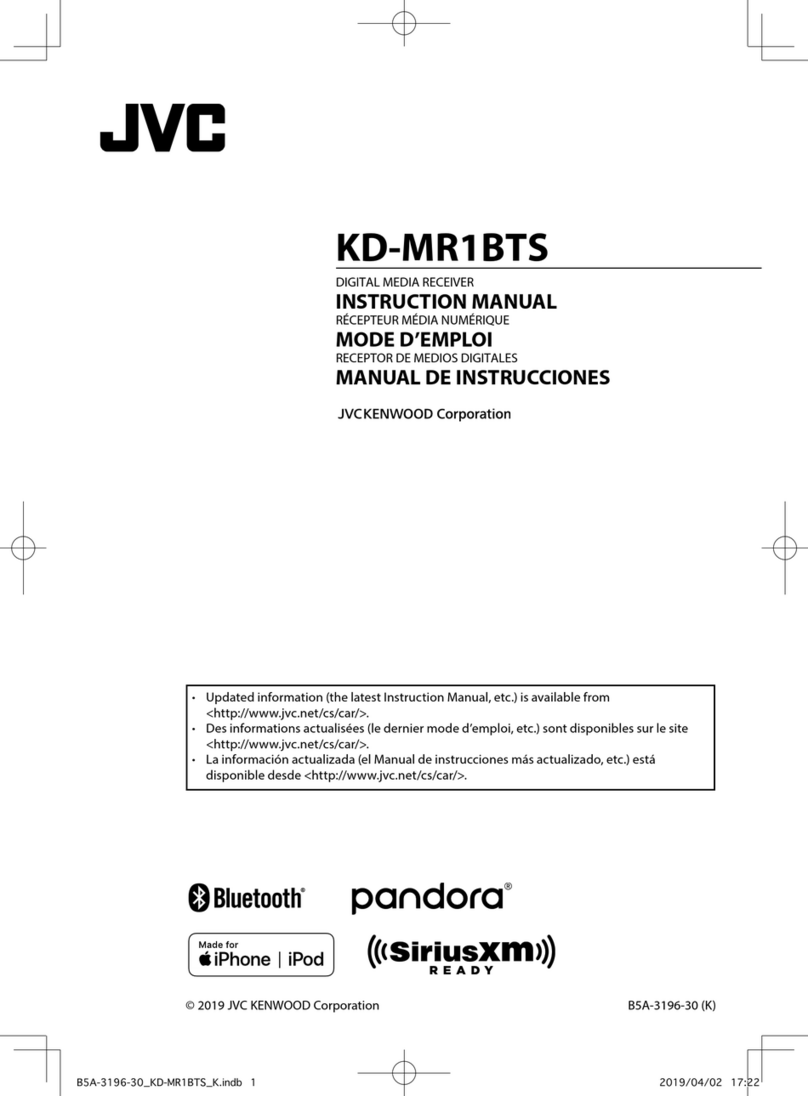Harman Kardon AVR20MKII User manual
Other Harman Kardon Receiver manuals
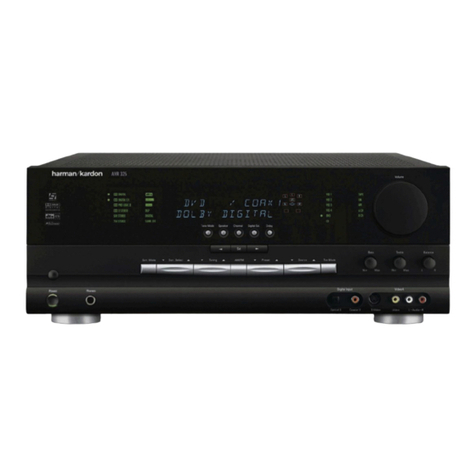
Harman Kardon
Harman Kardon AVR 525 User manual
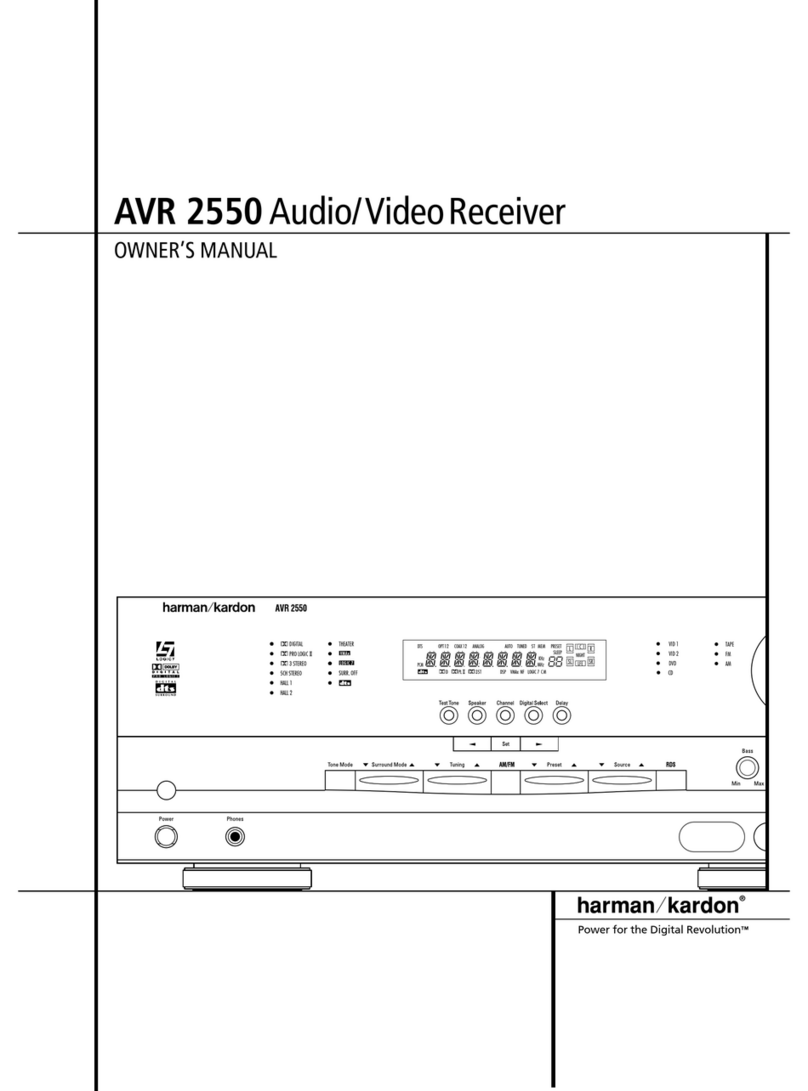
Harman Kardon
Harman Kardon AVR 2550 User manual
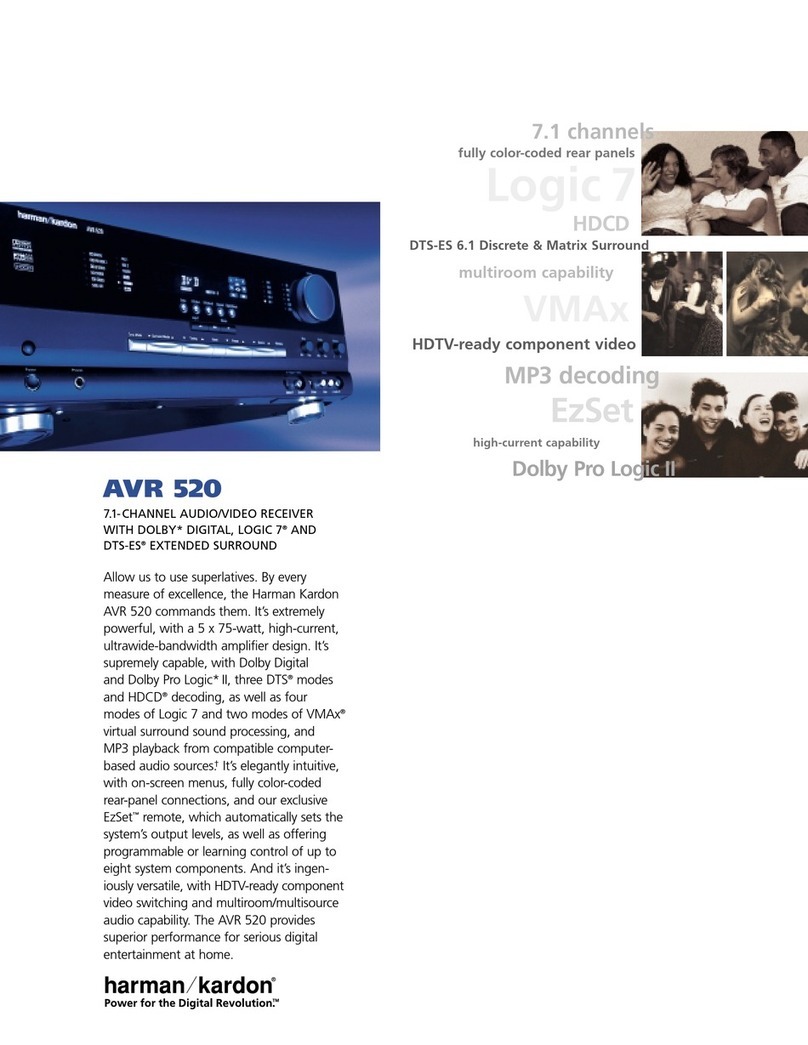
Harman Kardon
Harman Kardon AVR 520 User manual
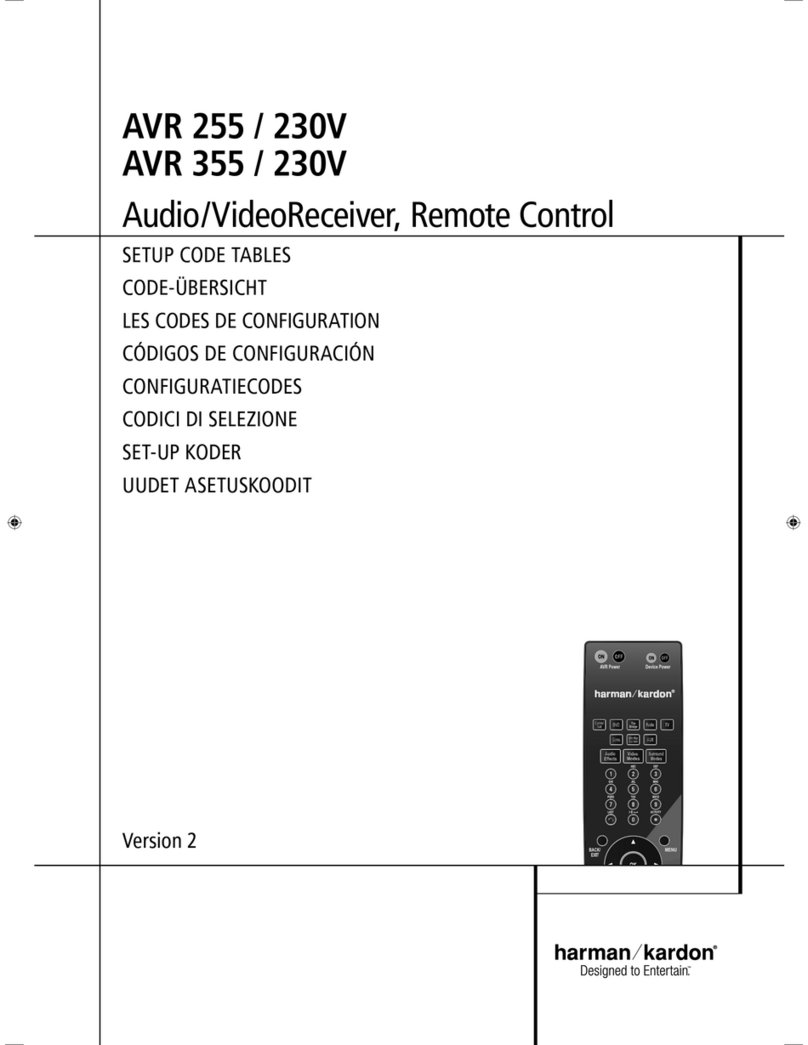
Harman Kardon
Harman Kardon BRUKSANVISNING AVR 255 Administrator guide

Harman Kardon
Harman Kardon AVR 505 LIMITED EDITION User manual
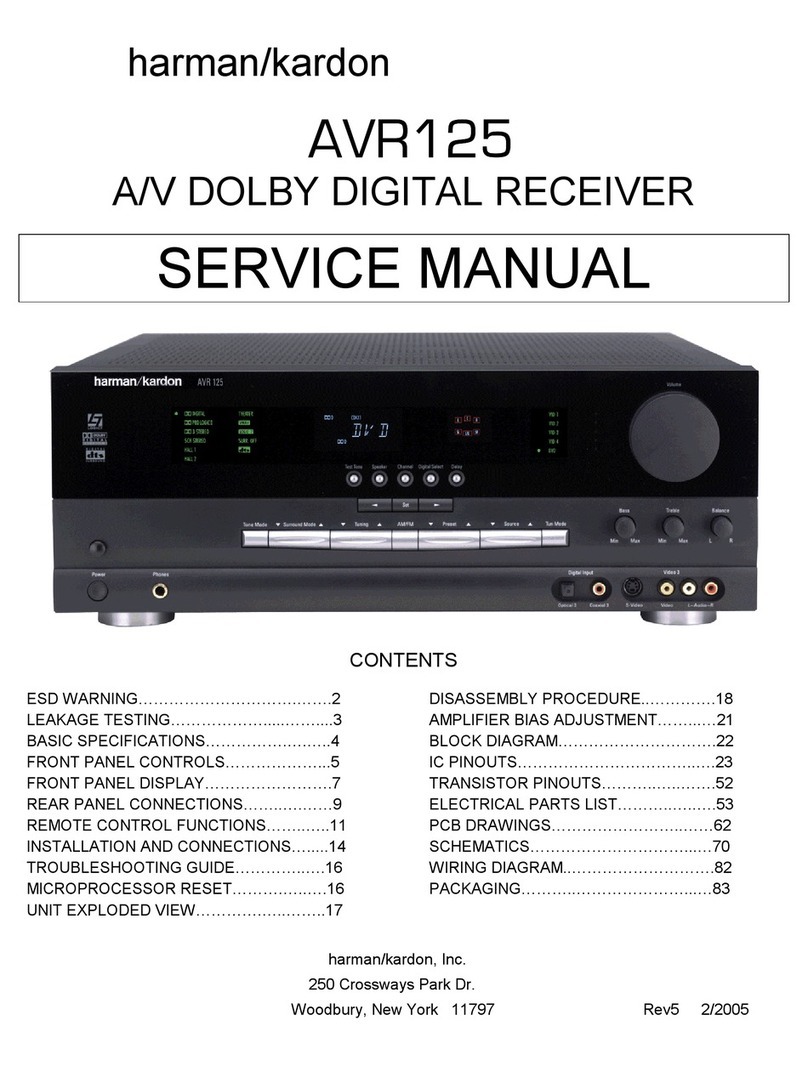
Harman Kardon
Harman Kardon AVR 125 User manual
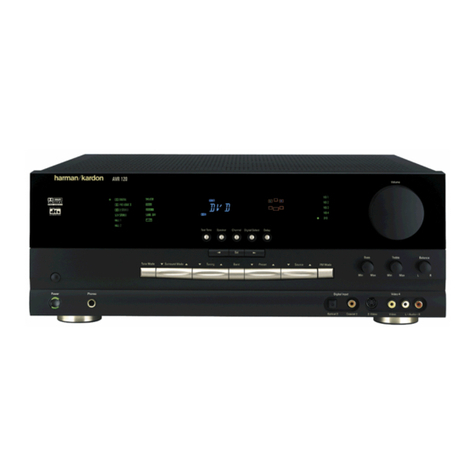
Harman Kardon
Harman Kardon AVR 120 User manual
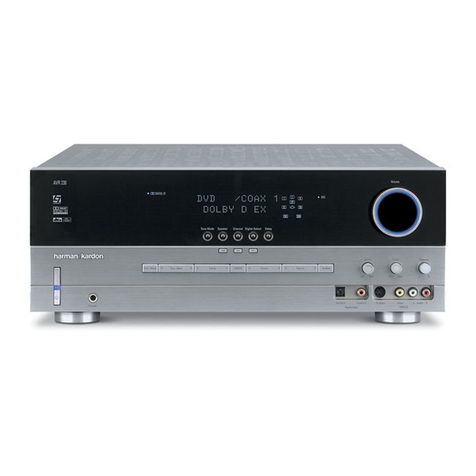
Harman Kardon
Harman Kardon AVR 230 User manual
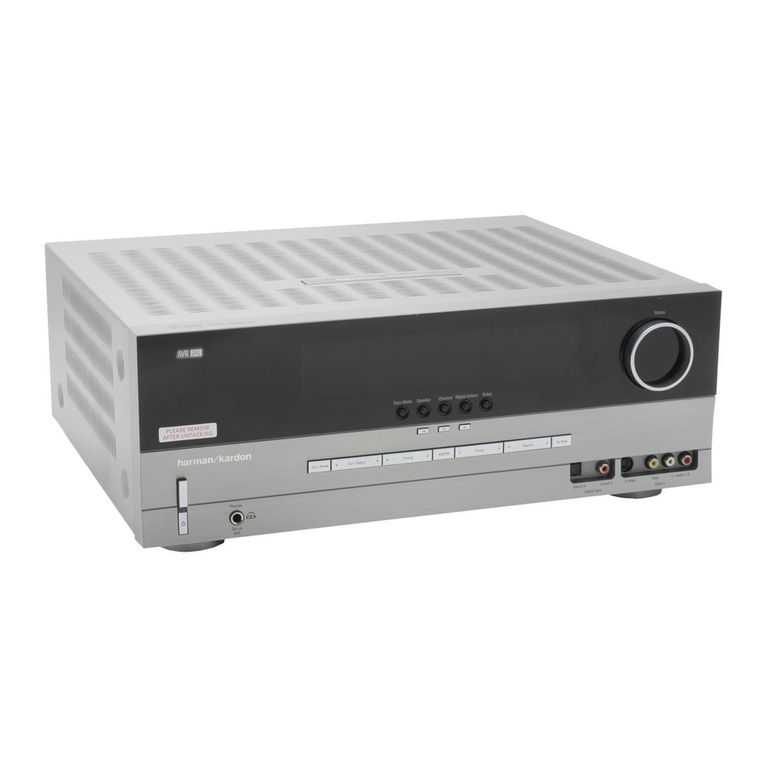
Harman Kardon
Harman Kardon AVR 240 User manual
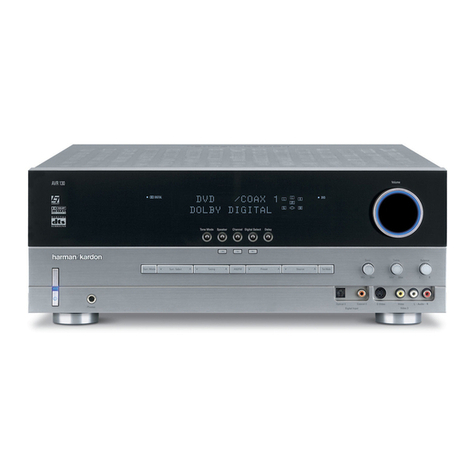
Harman Kardon
Harman Kardon AVR 130 User manual
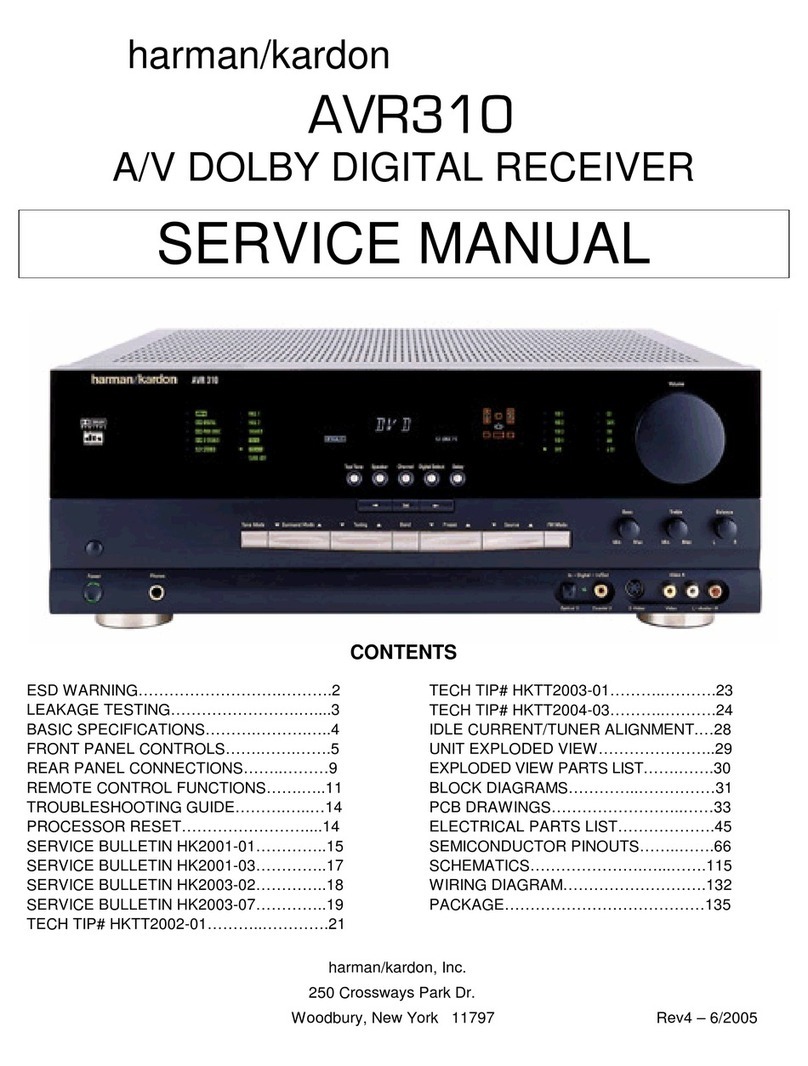
Harman Kardon
Harman Kardon AVR 310 User manual
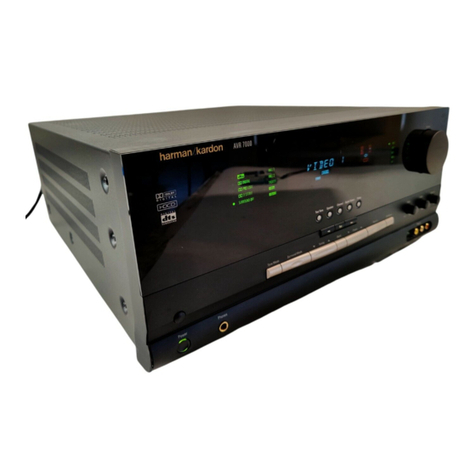
Harman Kardon
Harman Kardon AVR 7000 User manual
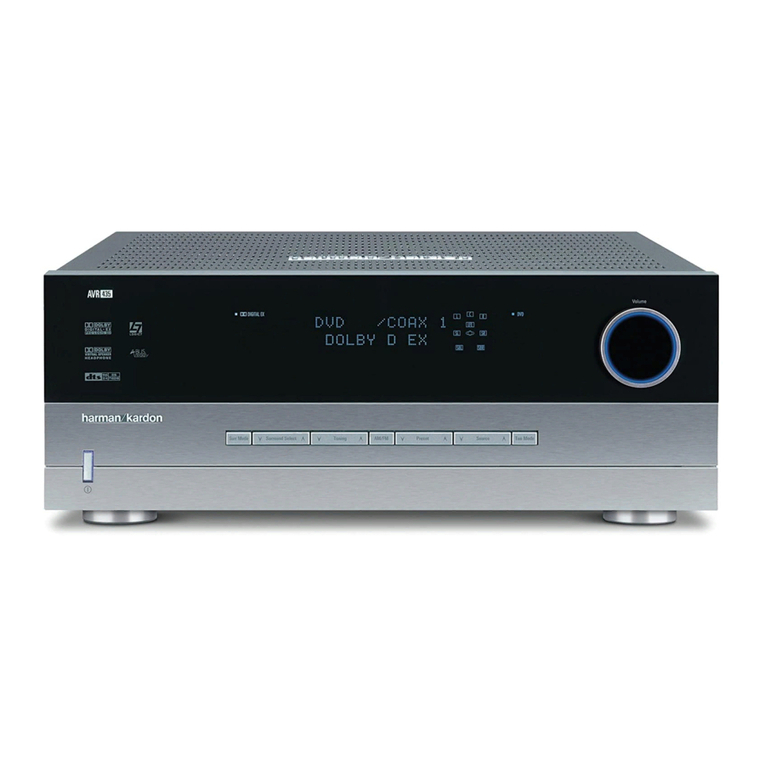
Harman Kardon
Harman Kardon AVR 435 User manual
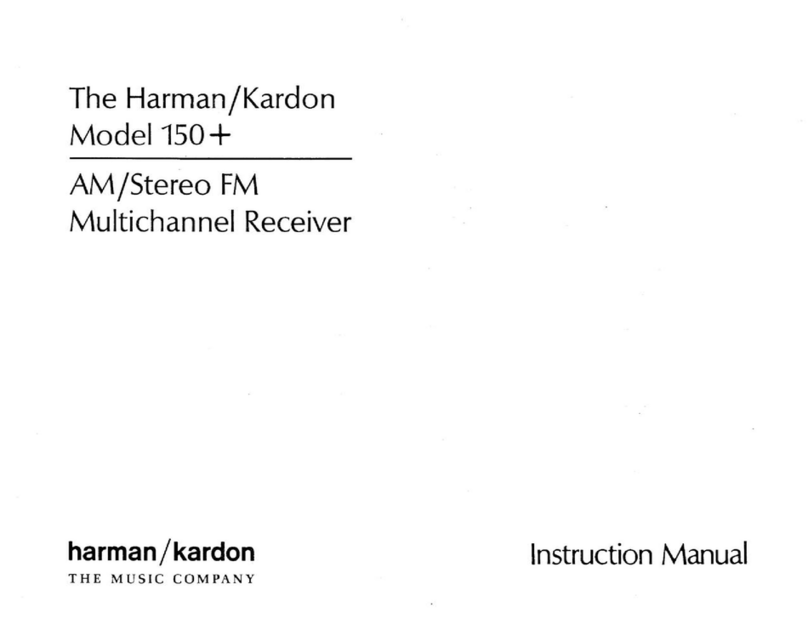
Harman Kardon
Harman Kardon DAL 150 User manual

Harman Kardon
Harman Kardon AVR 170/230 User manual
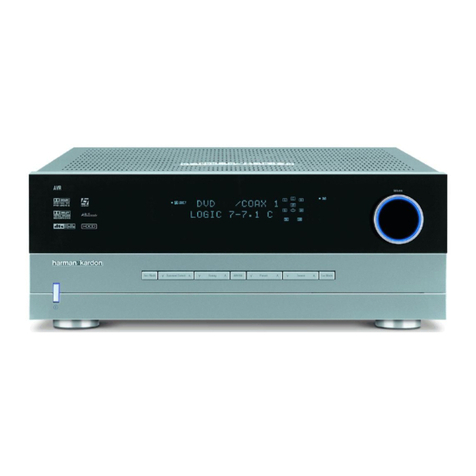
Harman Kardon
Harman Kardon AVR 430 User manual
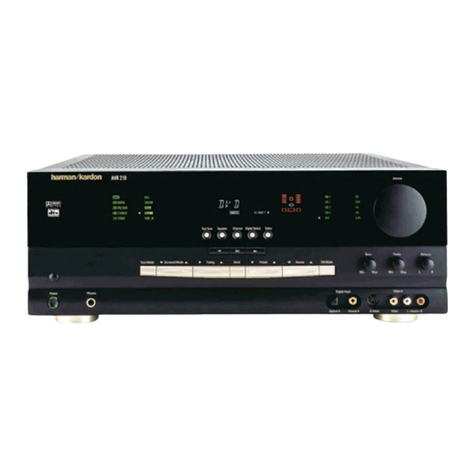
Harman Kardon
Harman Kardon AVR 210 User manual
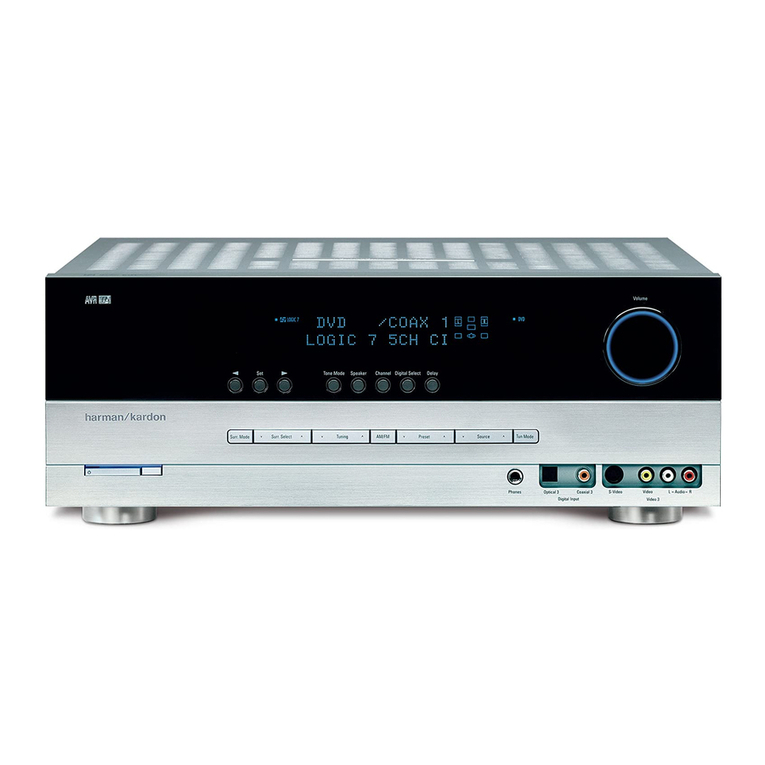
Harman Kardon
Harman Kardon AVR 145 User manual
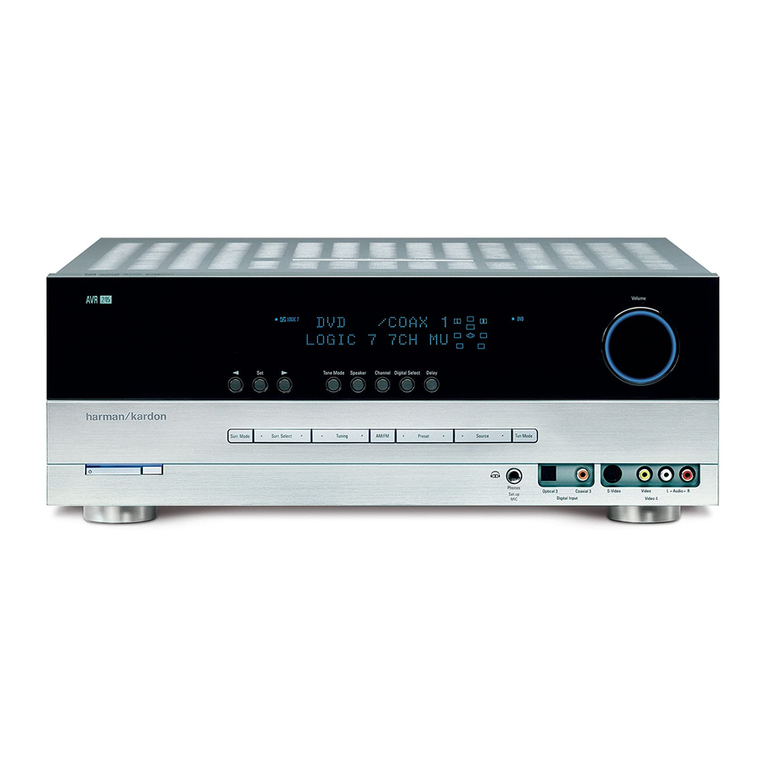
Harman Kardon
Harman Kardon AVR 245 User manual
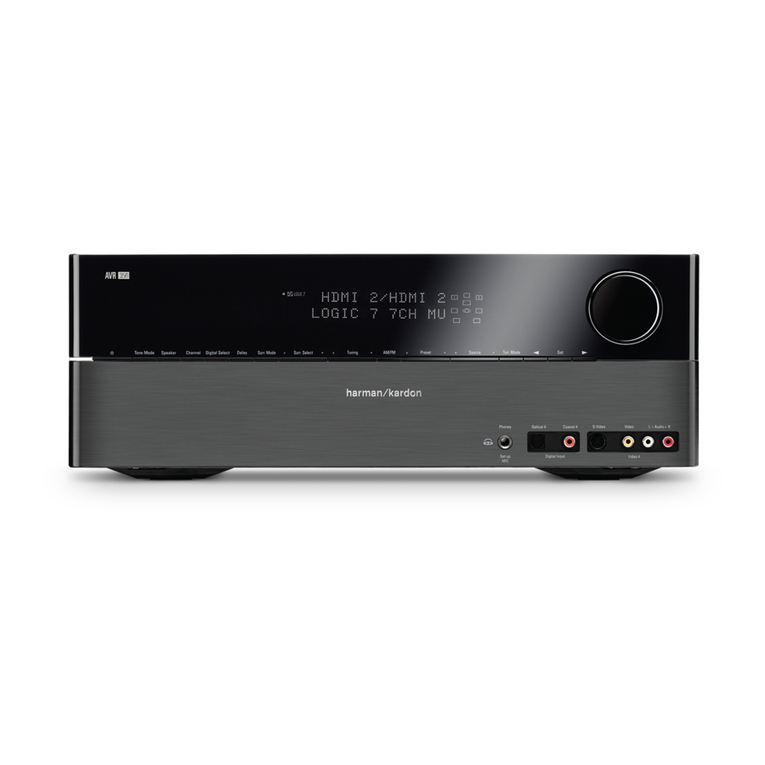
Harman Kardon
Harman Kardon AVR 347 User manual
